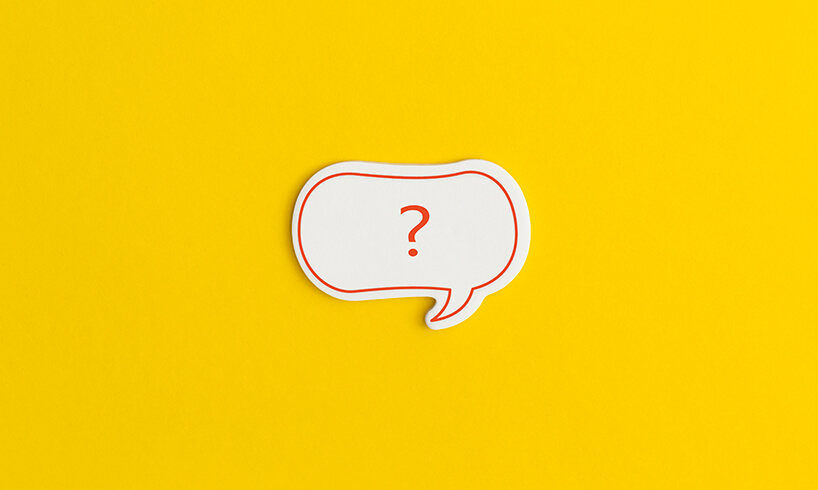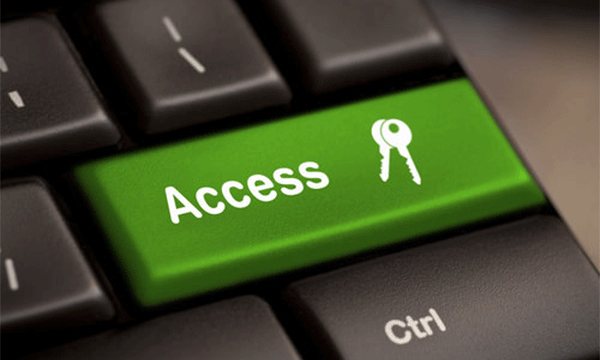What is the difference between online live chat and direct messaging?
Both live chat and direct messaging provide opportunities for businesses to interact and engage with customers. In this article, we’ll explore the differences between direct messaging and live online chat software.
Introduction
We spend more time online now than ever before. As Internet use increases, more and more people are using online live chat software and direct messaging. Both of these communication channels allow businesses, brands and organisations to interact with customers, followers and prospective clients, but there are key differences. In this article, we’ll discuss these differences in detail.
What is online live chat?
Online live chat is an interactive tool, which facilitates conversation between a site visitor and an agent or a chatbot. If you visit a website that has a live chat function, you can click on a button or open a window and start talking to an adviser or a chatbot. Live chat is a single session, which involves the web user communicating directly with the advisor or chatbot in real-time. Many businesses and organisations use live chat software to offer advice, provide information or answer queries and questions.
Live chat offers a simple, stress-free means of getting in touch if you want to find out more before you buy a product or you have a question about delivery times or a query about an order, for example. In order to converse via online live chat, there has to be an agent available or a chatbot function. If the site offers live chat, but there is no agent available, it is usually possible to leave a message so that an advisor can contact you at a later date. More than 40% of consumers believe that live chat is one of the most important features of a website.
What is direct messaging?
Direct messaging, also known as instant messaging, is a popular form of communication, which offers possibilities for all kinds of different groups of people. Many of us utilise direct messaging on a daily basis, often using different platforms and apps for work purposes and keeping in touch with friends and family members. Direct messaging enables you to pick up and leave conversations whenever you want, there is no time limit and chats can be accessed at any time. If you use direct messaging, you can engage in conversation in real-time as well as get back to people who have messaged you hours, days or even weeks before. Instant messaging is an ongoing conversation, which is activated and reactivated when people message each other.
Popular examples of direct messaging apps include WhatsApp, Facebook Messenger and instant messaging on Instagram. Many businesses also use instant messaging software to facilitate communication between employees, teams and departments and to communicate with clients. WhatsApp alone has more than 2 billion users globally (source).
What is the difference between online live chat and direct messaging?
There are similarities between online live chat and direct messaging, but they are not the same. While both offer opportunities to talk in real-time online and converse effortlessly, there are important differences. Here are some key differences to be aware of:
- Availability
To talk to somebody via live chat, there has to be an agent available at that time or access to a chatbot, which is available 24-7. If there is no chatbot function and an advisor is not there to talk online, it is not possible to engage via live chat. As a website visitor, you may be able to leave a message or your contact details so that an agent can contact you later, but you won’t be able to talk to an advisor online. Provided that the user has an account and they are logged in, direct messaging is available all the time and messages will be delivered regardless of whether the recipient is online or not. They can choose when to respond. Most people use direct messaging apps to keep in touch with friends and they go through periods of frequent messaging, which can be followed by more sporadic communications.
- Single session vs ongoing conversation
One of the main differences between direct messaging and online live chat is the duration of conversations. Live chat is a single session, which has a clear beginning and end. Direct messaging is an ongoing conversation, which can last days, weeks, months or years. There is often no predetermined endpoint and the conversation is reactivated when somebody sends a message either to an individual or a group.
- Function
Direct messaging is used by businesses and organisations to engage with customers, but it is less common than live chat when solving problems, answering questions, dealing with complaints or providing advice.
- Conversation history
When you use direct messaging apps or platforms, you will be able to see previous messages and posts. With live chat, the conversation will end once the customer is satisfied or the chat has timed out due to inactivity.
- Proactive support
One of the main advantages of live chat for companies and organisations is offering proactive support. With live chat, businesses can target customers and encourage them to take the next step by providing information or offering to help. If a customer has added items to their cart, for example, you can offer to help them complete the payment process or ask if they need any more information or advice.
Conclusion
Live chat and direct messaging are hugely popular. Billions of people use direct messaging apps around the world and live chat has become a staple of websites. There are similarities between instant messaging and online live chat, but there are also important differences. Live chat is a single session with a beginning and an end and there has to be a chatbot or an available agent to engage in conversation. Direct messaging is an ongoing conversation. Messages can be sent and received at any time while the user is logged in. Live chat is a popular addition to business websites and it can help companies to enhance customer service and support and increase lead conversion rates. Direct messaging encourages engagement between businesses and their clients, but it is used more widely by groups of employees and by individuals who want to keep in contact with friends and family.
























